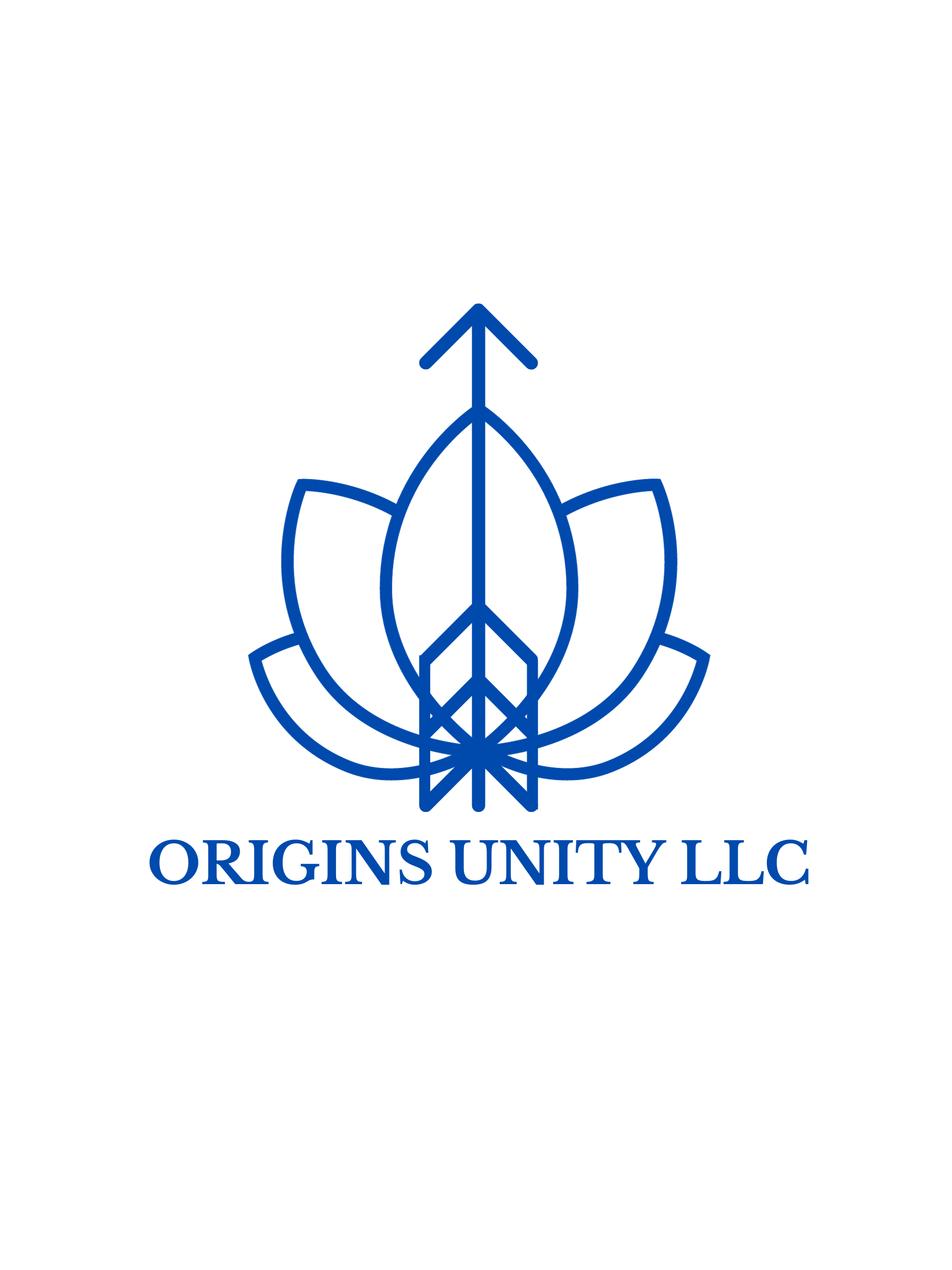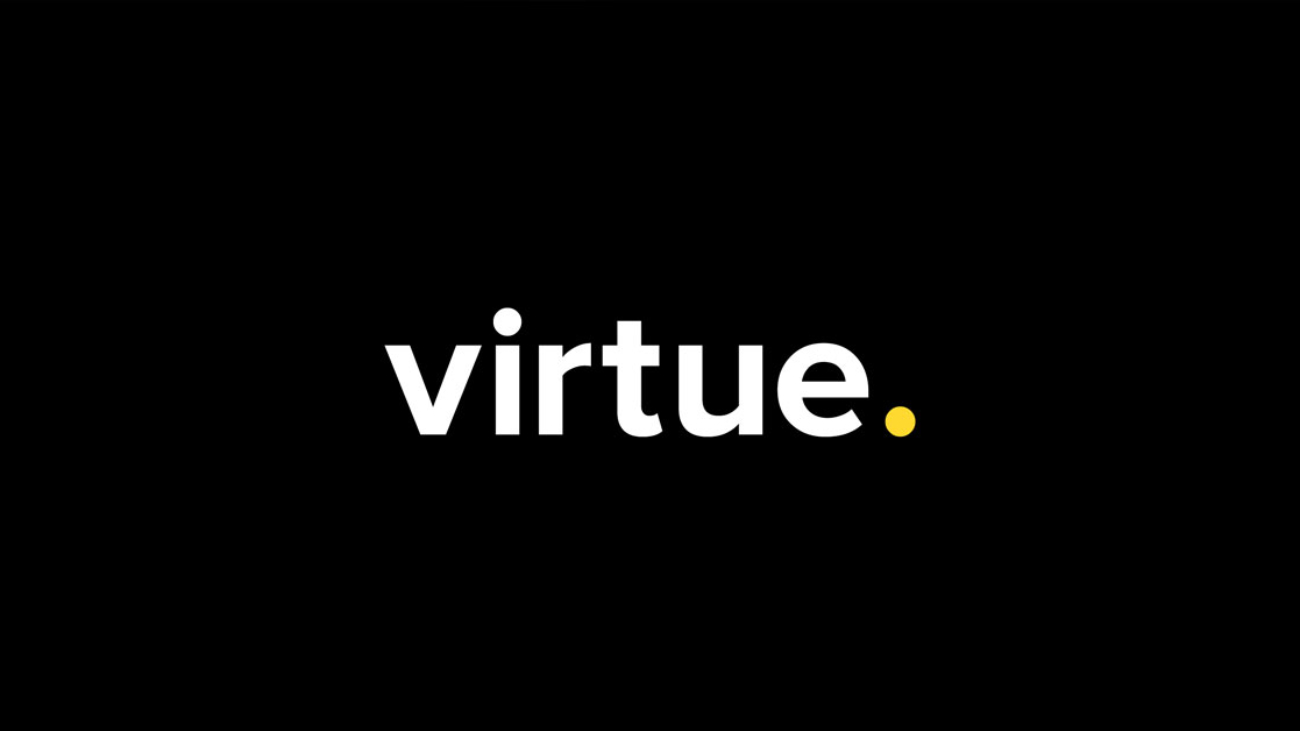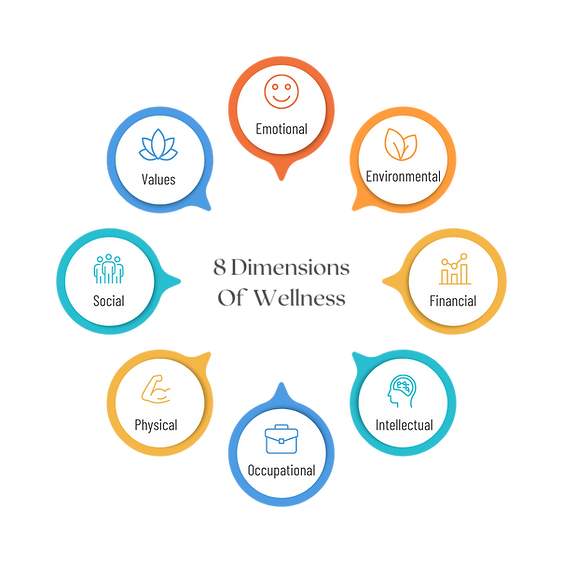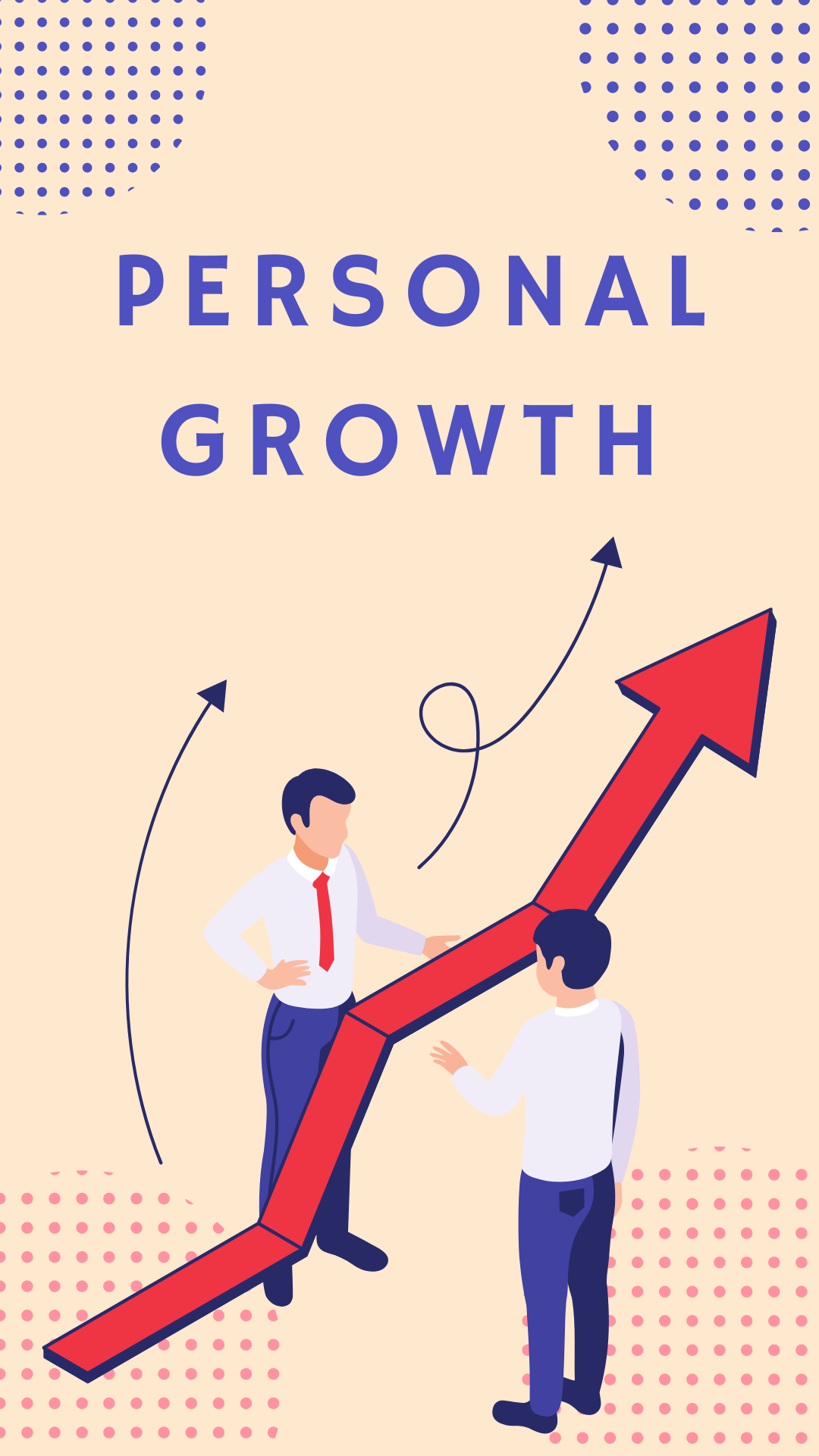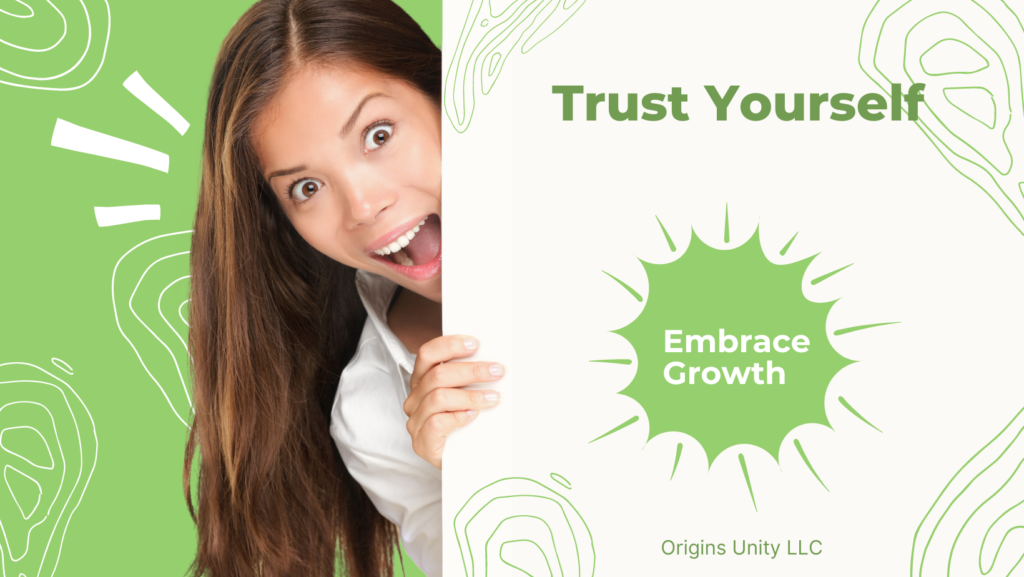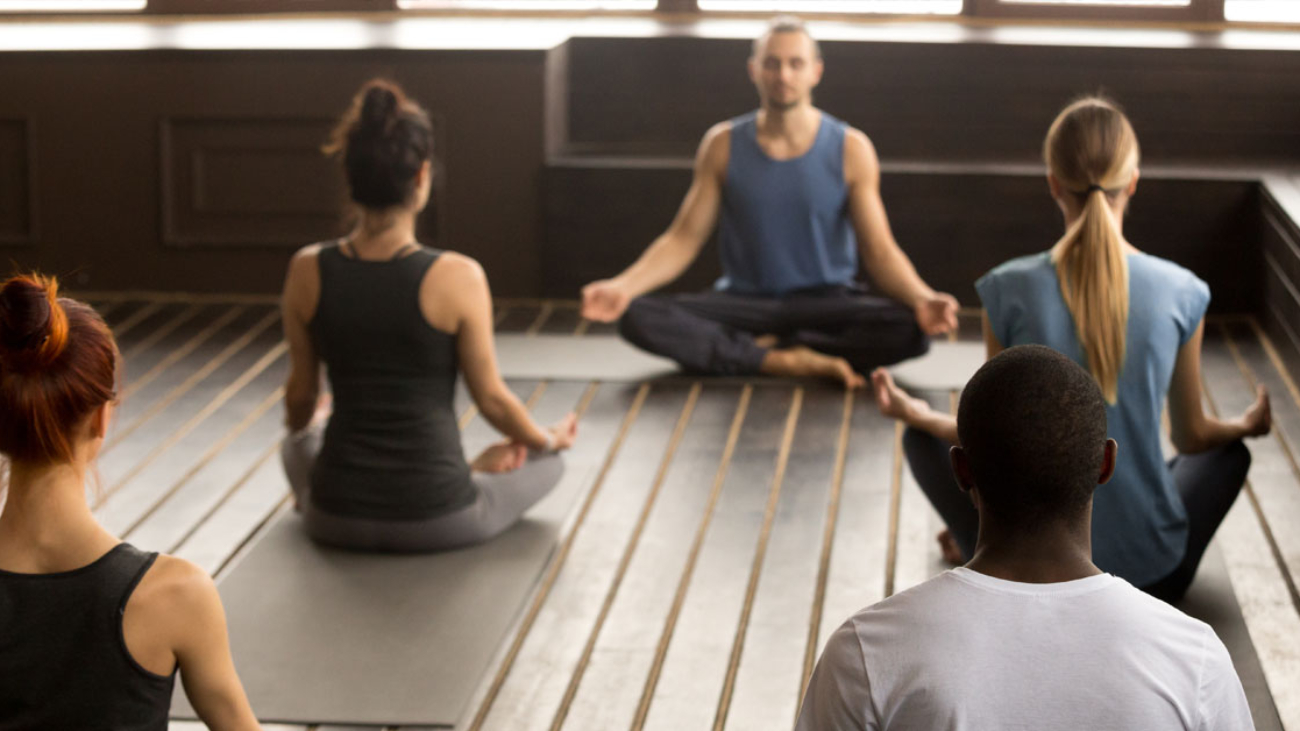
Mindfulness is the practice of being present and fully engaged in the current moment. It can help individuals reduce stress, improve focus, and enhance overall well-being. Creating a company culture around mindfulness can have numerous benefits, including increased employee satisfaction, productivity, and overall wellness. Here are some tips on how to create a company culture around mindfulness.
- Lead by Example
As a leader, it is important to lead by example. This means practicing mindfulness yourself and demonstrating its benefits to your team. When your team sees that you are practicing mindfulness and reaping the benefits, they are more likely to be inspired to follow suit.
2. Educate Your Team
Not everyone is familiar with mindfulness or how to practice it. Therefore, it is important to educate your team on what mindfulness is, its benefits, and how to practice it. This can be done through workshops, training sessions, or even bringing in outside experts to speak to your team
3. Make Mindfulness a Part of Your Company’s Values
Incorporating mindfulness into your company’s values sends a clear message that it is an important aspect of your company’s culture. When mindfulness is valued, employees are more likely to make it a priority in their daily lives.
4. Create a Mindful Work Environment
Creating a mindful work environment can mean different things to different companies, but it often includes elements such as quiet spaces for meditation or mindfulness practices, natural lighting, plants, and comfortable seating. Providing a peaceful and calming work environment can encourage employees to practice mindfulness throughout the day.
5. Encourage Mindful Breaks
Encouraging employees to take mindful breaks throughout the day can help them stay present and engaged in their work. This can include short meditation breaks, mindful breathing exercises, or even simply taking a walk outside. By taking breaks to refocus and recharge, employees can increase their productivity and reduce stress.
6. Support Employee Wellness
Supporting employee wellness can go a long way in creating a culture of mindfulness. This can include offering wellness programs such as yoga or meditation classes, providing healthy food options in the cafeteria or vending machines, or offering discounts for gym memberships. When employees feel supported in their wellness goals, they are more likely to prioritize their own self-care and well-being.
7. Practice Gratitude
Practicing gratitude can help employees cultivate a positive mindset and reduce stress. Encouraging employees to practice gratitude daily, either through a gratitude journal or simply sharing what they are thankful for with colleagues, can help foster a more positive and mindful workplace culture.
In conclusion, creating a company culture around mindfulness can have numerous benefits for both employees and the organization as a whole. By leading by example, educating your team, incorporating mindfulness into your company’s values, creating a mindful work environment, encouraging mindful breaks, supporting employee wellness, and practicing gratitude, you can help create a workplace culture that values mindfulness and promotes overall well-being.
